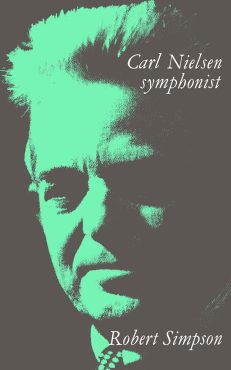Description
Dealing with Nielsen’s symphonies and other works, Simpson compares Nielsen and Sibelius as symphonists. It is a classic study of Nielsen’s music in which the author excels in pointing out the particular aspects of each piece of music which mark it as one of Nielsen’s, and describing how tonality is used within the major pieces (particularly the symphonies) in a revolutionary way.
Contents
Preface
1. The Growth of the Artist
2. The First Symphony (1891-2)
3. The Second Symphony – The Four Temperaments (1901-2)
4. The Third Symphony – Sinfonia Espansiva (1910-11)
5. The Fourth Symphony – The Inextinguishable (1914-16)
6. The Fifth Symphony (1920-22)
7. The Sixth Symphony – Sinfonia Semplice
8. The Three Concertos – Violin, Flute and Clarinet
9. Lesser Orchestral Works
10. The Chamber Music
11. The Keyboard Music
12. The Human Voice
13. Some General Observations
14. Sibelius, Nielsen and the Symphonic Problem
A Biographical Sketch
List of Nielsen’s Works
Index of Names
About the Author
Robert Simpson studied with Herbert Howells and was a prolific symphonist in his own right. He has written books on Bruckner, Beethoven and this book on Nielsen for which he was awarded the Carl Nielsen Gold Medal.
Reviews
This analysis focuses on Nielsen’s great symphonies, but also illuminates all of his other works including orchestral, chamber, keyboard, and vocal compositions.
Music Educators Journal






